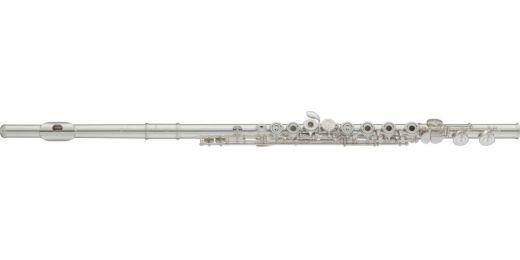Our Custom and Professional grade flutes have earned a reputation for exceptional quality, design, performance and consistency, thanks to the craftsmanship of our brass and woodwind workshops.
Our Standard & Step-Up models inherit many of the same hallmarks - but, to aid developing flautists, are designed and shaped to encourage best-technique, as well as offering superb playability. For instance, we've designed the lip plate to guide beginners toward proper breath technique and we've designed keys with extensively tested dimensions and angles for optimum balance and easy playability. These and other details are some of the reasons why our Standard and Step-Up flutes have become bestsellers worldwide.
Which flute is right for you?
Do you need a Split-E Mechanism?
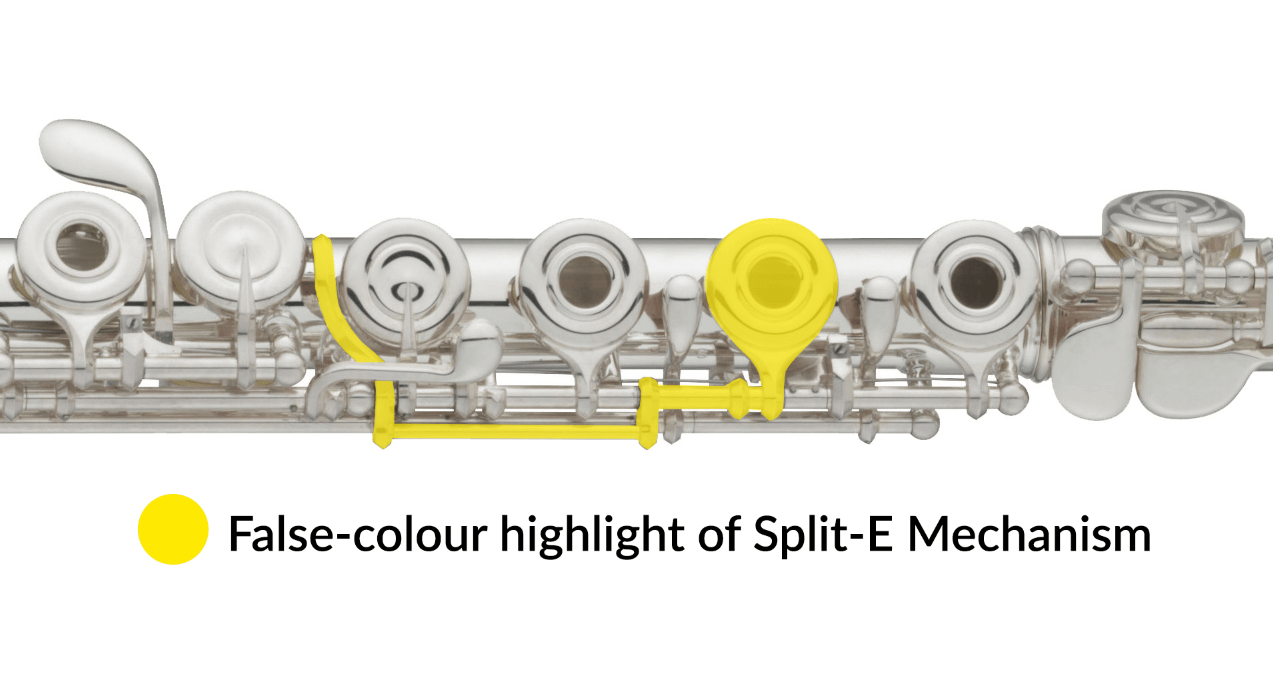
Some flutes feature a 'Split-E Mechanism'. This can greatly aid the stability and intonation of a high E note - but can make the key very slightly heavier to play and - in some cases - it can make other notes more difficult to tune.
If in doubt (or unless your teacher has said otherwise), we'd suggest choosing a Split-E model.
Key System: In-Line or Offset G?
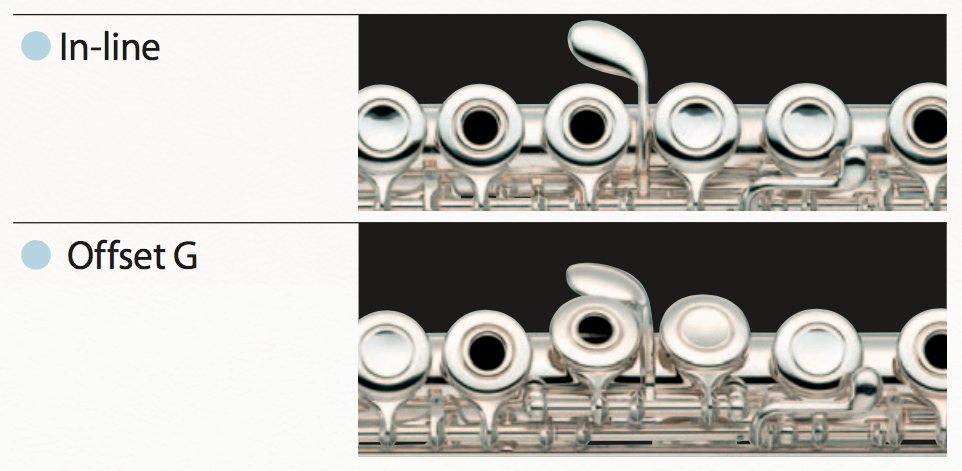
Traditionally, a flute's toneholes were in a straight row - and many advanced flautists prefer this 'In-Line G' arrangement.
However, more and more flautists and flute teachers are using (and recommend) flutes where the G key stands above the other keys - for many, this 'Offset G' feels more natural (and can aid finger positioning).
Keys: Ring Keys or Covered?
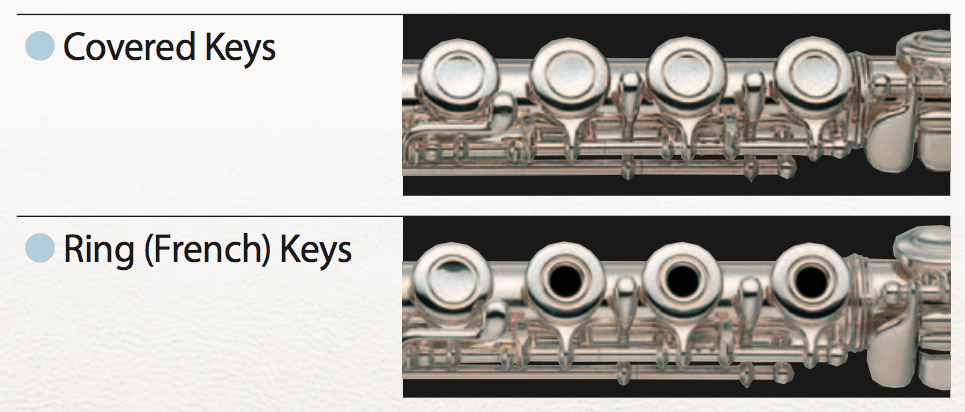
Covered (or 'Plateau') keys are easier to play than traditional ring keys, as the pad cup seals the underlying tonehole as soon as the key is closed - so that exact finger positioning (which would be necessary with a ring key) isn't as crucial. This makes covered keys ideal for beginners (especially those with smaller fingers).
Ring keys (or 'French' keys) allow you to precisely and subtly control pitch and intonation as you play - many flautists prefer this level of control.
Gold-Plated or Silver-Plated Lip Plate?
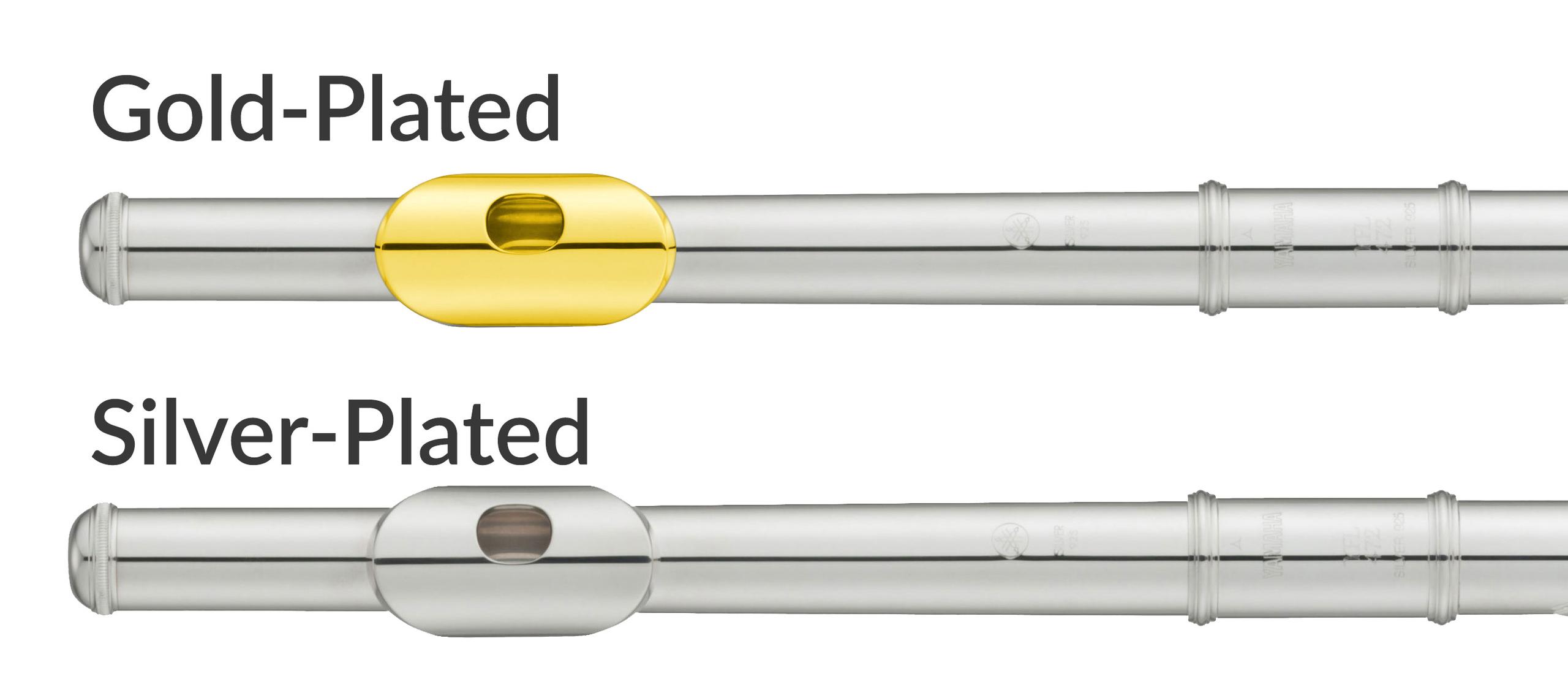
All of our 300 and 400 Series flute models feature a headjoint and lip plate made from solid Sterling Silver.
Some of our flute models have the option of a gold-plated lip plate. Extremely hard-wearing, our gold-plating is well-known for its thickness and quality - and the gold-plating can make your flute stand out.
Body - How Much Silver?

A flute is usually made up of three parts - the headjoint (the part with the lip plate you blow across), the body (the central cylinder which has most of the keys) and the footjoint (extending the body to produce typically a low C or B note, depending on its length).
The material each part is made from can have a large bearing on the tone and quality of sound the flute will be able to make. Our 300 Series models feature a sterling silver headjoint - silver generally creates a warmer and richer tone.
For the 400 Series models, all three main parts - headjoint, of the flute are made from sterling silver generating an incredibly warm, rich and immersive tone that's even more of a pleasure to play and listen to.
Footjoint - B or C?
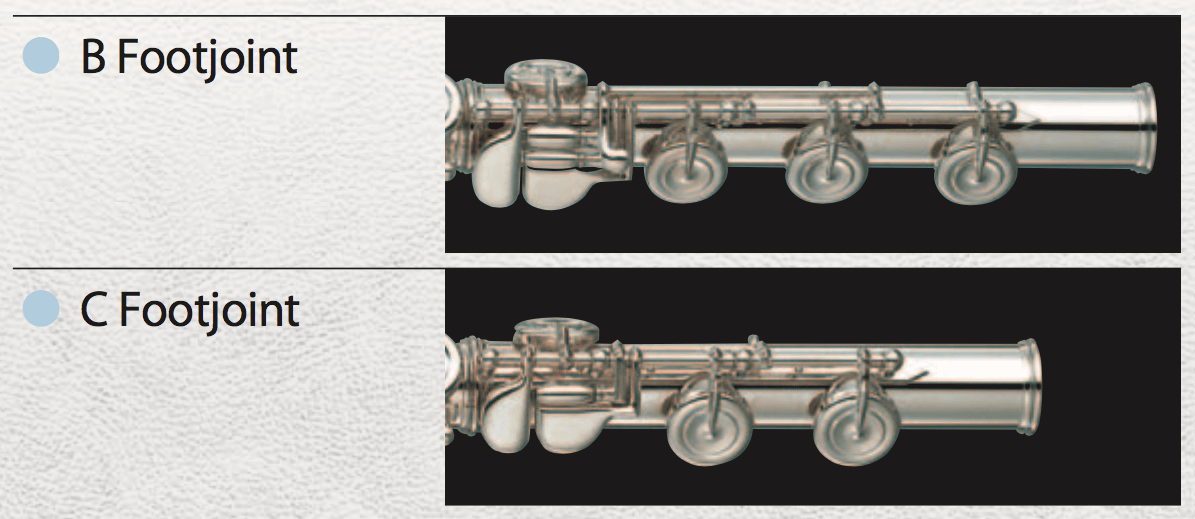
Footjoints typically come in two lengths. The standard, the 'C Footjoint', is the shorter of the two and allows you to play notes down to a low C note. For brand new beginners, this is usually fine.
Our Step-Up, Standard, Professional and Custom flute models usually have the option of a B Footjoint which replaces the C Footjoint. Its greater length and additional key allow you to play down to a low B note - a semi-tone deeper than the C Footjoint allows. The B Footjoint also includes a 'gizmo key' - this helps the player to counteract the otherwise-detrimental affect of the longer cylinder on the high C note.
The length of the footjoint does affect the overall tone of the flute. The longer B Footjoint tends to create a darker, stronger sound with good projection. Conversely, the C Footjoint creates a warmer, brighter and seemingly more agile tone and is more typically used in the UK and Europe.
If in doubt, or unless your tutor has said otherwise, we'd recommend a C Footjoint model.


